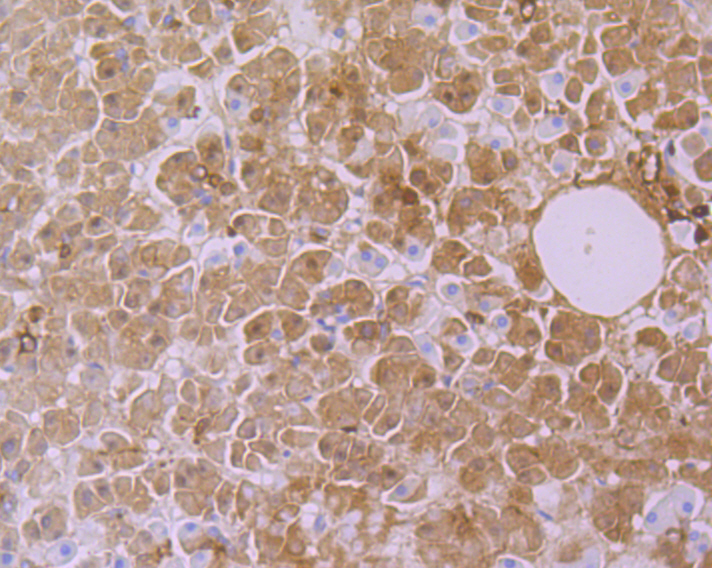The cytochrome P450 proteins (CYPs) are monooxygenases that catalyze many reactions involved in drug metabolism and synthesis of cholesterol, steroids, and other lipids. P450 enzymes are classified into subfamilies based on their sequence similarities. CYP26A1, also referred to as retinoic acid-4-hydroxylase, is a major retinoic acid catabolic enzyme. CYP26A1 plays an important role in protecting tailbud tissues from inappropriate exposure to retinoic acid. CYP26A1 transcription is epigenetically regulated by nuclear retinoic acid receptor β2. Mutations in the gene encoding for CYP26A1 are associated with caudal agenesis and spina bifida, imperforate anus, agenesis of the caudal portions of the digestive and urogenital tracts, and malformed lumbosacral skeletal elements. CYP26A1 is upregulated in adenomatous polyposis coli mouse adenomas, human FAP adenomas, human sporadic colon carcinomas, and in the intestine of adenomatous polyposis coli (apcmcr) mutant zebrafish embryos.



